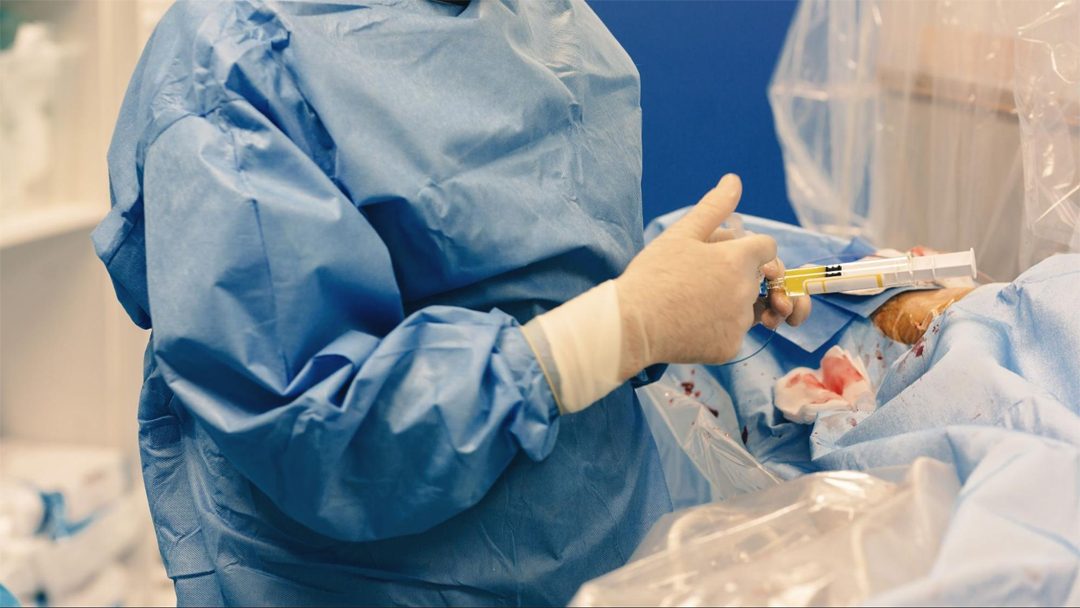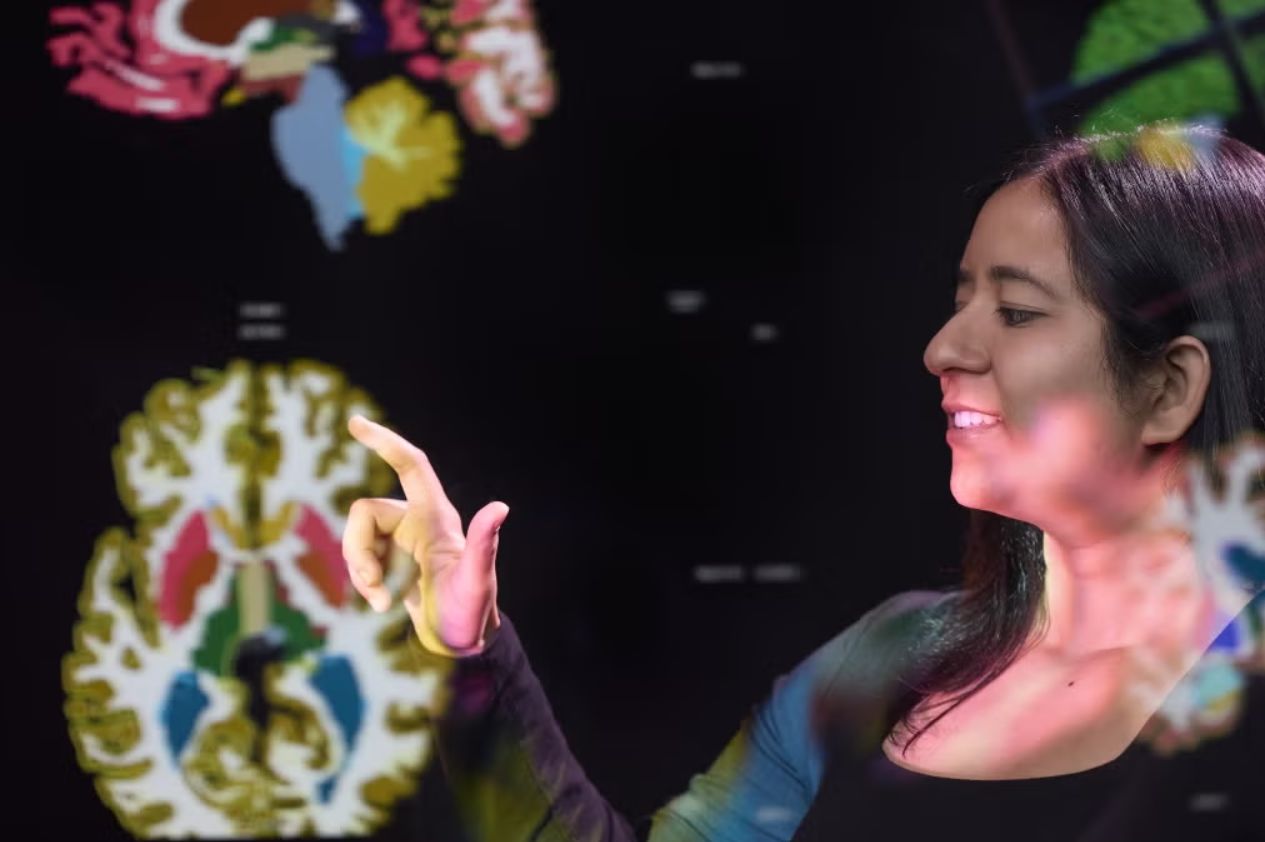
By Jacqueline Mitchell | BIDMC Communications, Harvard Gazette
Costing billions and affecting millions, musculoskeletal diseases impact more than one in three people in the U.S. and are a leading driver of healthcare spending, at an estimated cost of more than $380 billion in 2016. The numbers put the illnesses — which attack bones, joints, muscles, and connective tissues — ahead of diabetes, cardiovascular disease, and cancer, according to a new study out of Beth Israel Deaconess Medical Center.
Predicted fundingRheumatoid arthritis: 67%
Low back pain: 14%
Neck pain: < 1%
Investigators led by Ara Nazarian at the Musculoskeletal Translational Innovation Initiative in the Carl J. Shapiro Department of Orthopaedics at BIDMC evaluated the relationship between the disease burden for 60 conditions and the federal funding assigned to research them. The team’s results were published in The Lancet Regional Health – Americas.
“If you stand up in front of any audience and ask how many people have or know someone who suffers from arthritis or back pain, every hand is going to go in the air, yet musculoskeletal diseases garner less than 2 percent of federal research dollars,” said Nazaria, who is also an associate professor of orthopaedic surgery at Harvard Medical School. “To bring funding into alignment with the level of disease burden would require an approximately 10-fold increase to start with.”
Nazarian and colleagues looked at National Institutes of Health funding in 2019 and 2021 for 60 illnesses, including various cancers, cardiovascular diseases, substance use disorders, Alzheimer’s disease and dementias, and musculoskeletal diseases. Next, using data from the 2019 Global Burden of Disease Study, the team quantified the cumulative costs of each condition as measured in disability-adjusted life-years (DALY), a measurement of the economic and social impact of disability on quality of life. DALY calculations allow investigators to compare low-grade chronic conditions such as low back pain to acute causes of injury and death. (For example, the World Health Organization has reported that depression is responsible for more years lost to disability than diabetes in the U.S.)
The research found that without federal funding through NIH’s National Institute of Arthritis and Musculoskeletal and Skin Diseases, innovation in musculoskeletal research is stalling.
While analysis revealed an overall positive association between disease burden and federal funding levels, musculoskeletal diseases were clearly underfunded relative to their cumulative personal and social impacts. Rheumatoid arthritis, a progressive, debilitating autoimmune disease in which the body attacks the joints, received 67 percent of the funding predicted based on its impact. Lower back pain, which costs the U.S. healthcare system an estimated $100 billion a year, received just 14 percent of the predicted research dollars. Neck pain, affecting up to half of all people nationally and globally each year, received less than 1 percent — just 0.83 percent — of the predicted funding.
“With modern medicine, people are living longer, but they are also spending more of those years living with chronic disabling diseases,” Nazarian said. “The lack of effective therapies limits our ability to manage these conditions. There is a great need for special attention to the intensifying burden of musculoskeletal issues that cause pain, impair mobility, and prevent individuals from living full and healthy lives.”
The research found that without federal funding from NIH’s National Institute of Arthritis and Musculoskeletal and Skin Diseases, innovation in musculoskeletal research is stalling. Federal dollars are needed to train the next generation of scientists and fuel the basic science that will shed new light on these complex diseases.
“Robust basic and translational research work lays important groundwork for breakthroughs in the field, which industry can then take the next steps to translate them into therapeutic solutions for the population,” Nazarian said. “However, without proper public investment in the early stages of research, many good ideas and solutions that can fundamentally change people’s lives will never see the light of the day.”
Co-authors included Andrew T. Nguyen, Brian D. Snyder, and Edward K. Rodriguez of BIDMC; Izzuddin M. Aris of Harvard Medical School; Mitchel B. Harris of Massachusetts General Hospital; James D. Kang of Brigham and Women’s Hospital; and Martha Murray of Boston Children’s Hospital. This work did not have a specific source of funding.
—
This story is reprinted with permission from The Harvard Gazette.
***
You Might Also Like These From The Good Men Project
 Compliments Men Want to Hear More Often
Compliments Men Want to Hear More Often  Relationships Aren’t Easy, But They’re Worth It
Relationships Aren’t Easy, But They’re Worth It  The One Thing Men Want More Than Sex
The One Thing Men Want More Than Sex  ..A Man’s Kiss Tells You Everything
..A Man’s Kiss Tells You Everything Join The Good Men Project as a Premium Member today.
All Premium Members get to view The Good Men Project with NO ADS. A $50 annual membership gives you an all access pass. You can be a part of every call, group, class and community. A $25 annual membership gives you access to one class, one Social Interest group and our online communities. A $12 annual membership gives you access to our Friday calls with the publisher, our online community.
Register New Account
Log in if you wish to renew an existing subscription.
Username
First Name
Last Name
Password
Password Again
Choose your subscription level
- Yearly - $50.00 - 1 Year
- Monthly - $6.99 - 1 Month
Credit / Debit Card PayPal Choose Your Payment Method
Auto Renew
Subscribe to The Good Men Project Daily Newsletter By completing this registration form, you are also agreeing to our Terms of Service which can be found here.Need more info? A complete list of benefits is here.
—
Photo credit: unsplash
The post Despite Prevalence, Arthritis, Neck and Back Pain Receive Few Research Dollars appeared first on The Good Men Project.
Original Article










